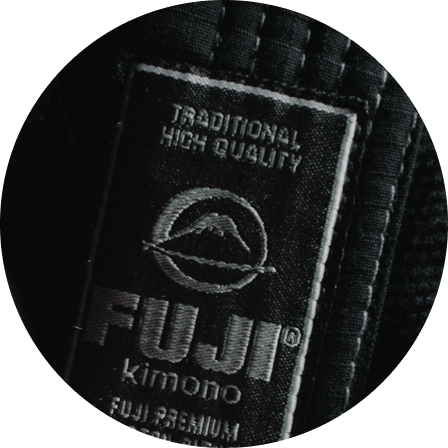Sometimes the best defense is a good offense."
Trap Juji
The Trap Juji shown here should only be used when you feel your opponent hanging onto your arm, but not trying to finish. The battle is still ongoing and your opponent is looking to render you incapacitated, but not defeated...yet. As you get more experience with a Trap Juji you will begin to notice when you should be attacking vs. defending. This is an important distinction because you can toy with your opponent the same way they're doing to you. But definitely play around with this in order to be super comfortable reading your opponent from the position. Defending an armlock from a judo player can be simple, as long as you know what to expect. If your goal is to win (and it probably should be), remember to play a solid defense first, and then look to attack second.
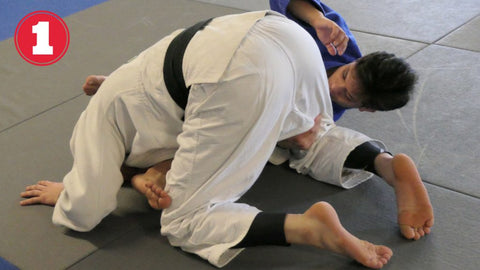
Trap Juji Step 1:
Jack Hatton sets up a solid foundation and a great wide base here. In this act of defense with a wide base, he essentially forces his opponent to reach across. This allows him to transition from defending to attacking.
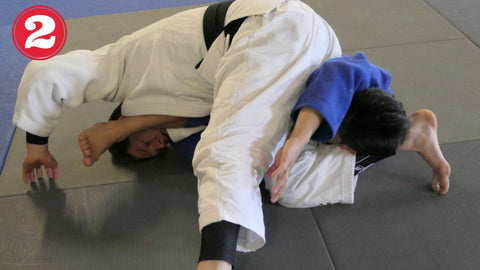
Trap Juji Step 2:
As soon as the reach happens, Jack is on attack mode. He uses his body to incapacitate his opponent and transitions into being in control.
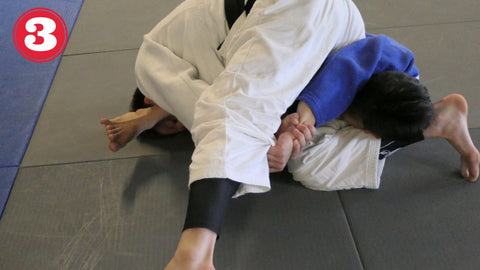
Trap Juji Step 3:
With his opponent trapped, Jack capitalizes on the end result of the reach he forced in step 1. He grips his opponent's reaching arm and is in full attack mode.
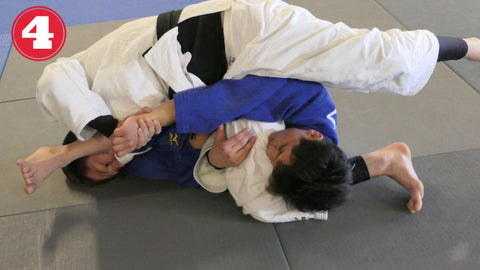
Trap Juji Step 4:
With his opponent's arm gripped, Jack is in control and shifts back to pull his opponent's arm between his legs to finish the lock. He's got to be strong to accomplish this.
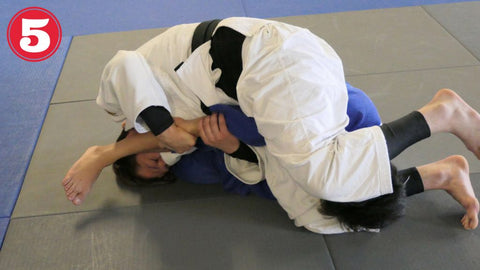
Trap Juji Step 5:
Jack settles into an armlock of his own. He shifted from defend to attack and in the transition put himself in an advantageous position to score and even win. This is how defending an armlock from a judo player should look. Take note!
Final Thoughts
The foundation of this defense method is a having a solid base. If you make yourself heavy, your job becomes much much easier. And ultimately, that wide base maintained is the key to getting your opponent to reach across and give you the best opportunity to go from defending to attacking. Once they make a commitment to reaching across you, then you can begin to set the Trap Juji and find that balance. Following is a step by step explanation of some key components of the armlock defense and Trap Juji. Let us know how it works for you!



